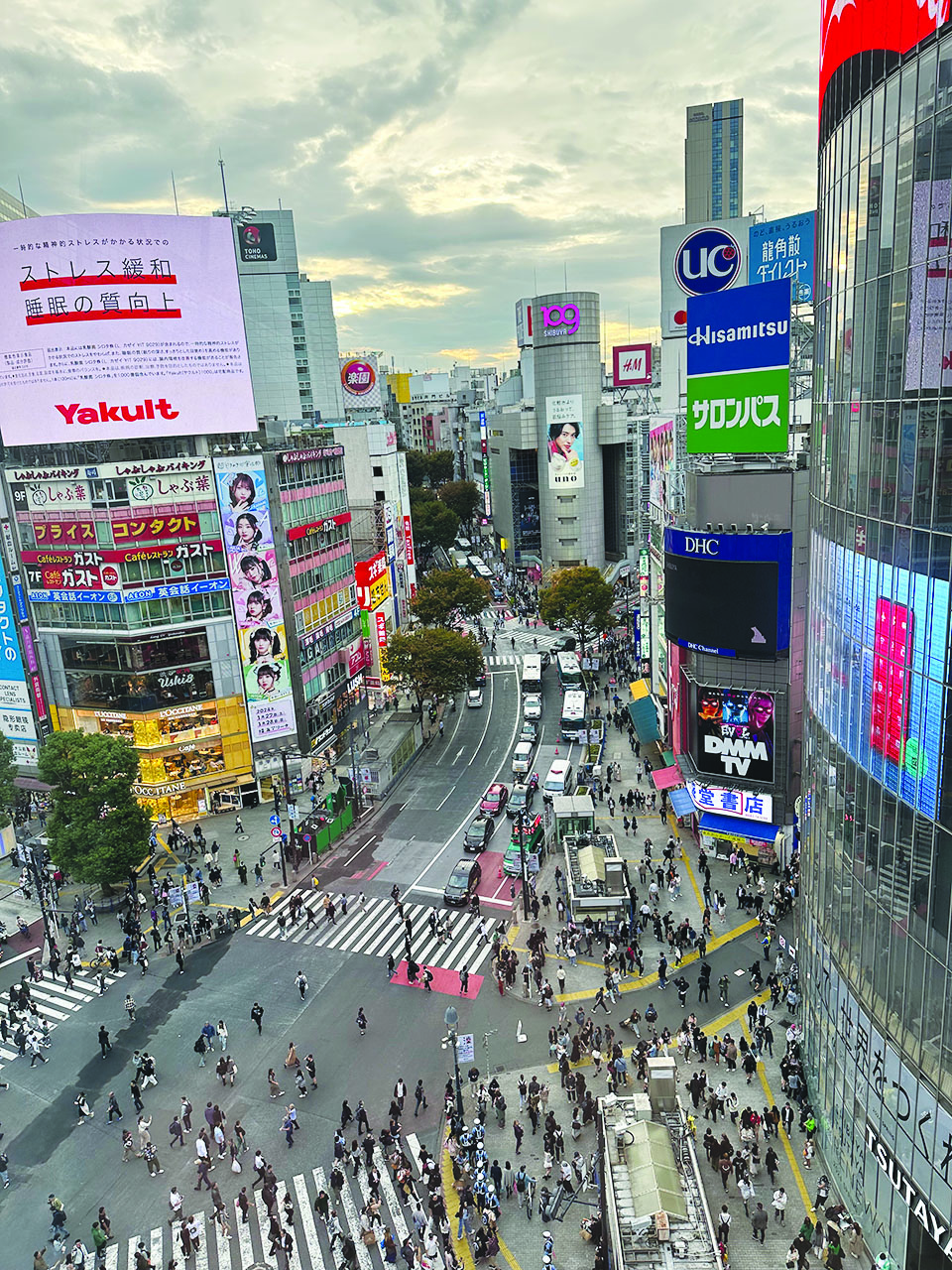When in doubt, use the Yamanote Line; follow other tips for first-time Tokyo visitors

Shibuya Crossing
If you're planning to visit Tokyo as a first-time traveler, here are some practical tips you can follow for your highly anticipated trip to the Land of the Rising Sun.
Pre-departure
After securing your passport and visa, finding accommodation, and planning out your itinerary, make sure to fill out Japan's online customs and immigration forms. After doing so, take a screenshot of the two QR codes (with blue and yellow ribbons) for smooth airport processes.
Make sure you have a good internet connection (roaming works fine), as Google Maps will be your best friend. In my recent seven-day vacation, I relied heavily on it to find routes and train lines to avoid getting lost in this urban jungle. You'll also need the Internet to translate texts.
Bring a coin purse, as you will surely get plenty of coins. While your credit card will work almost anywhere, it's good to have cash, as some merchants accept only cash. GCash also works in many establishments via AliPay+ (make sure the + symbol is displayed on the counter's signage).
Not all electric plug sockets in Japan cater to plug Type A (two flat parallel pins) or Type B (two flat parallel pins and a grounding pin. Some only have Type C plugs (two round pins), so it's wise to bring a travel power adaptor with you.
Go-to spots
For this trip, I mainly roamed around Tokyo. I preferred to stay in Shimbashi. Being in central Tokyo, most train lines stop by the area, including the KK train line, which I used directly from the Haneda Airport.
You can walk from Shimbashi to Ginza to see shops selling luxury brands or enjoy food at the Ginza Corridor. From Shimbashi, you can walk to Roppongi for the iconic Tokyo Tower. The view from Shiba Park at night is stunning. You can climb the observation decks of the Tokyo Tower for a fee; the higher one is more expensive, though.
Shibuya is another stop to see different attractions. From the station, you can visit the new Shibuya Scramble. You can also take a picture with the iconic statue of the loyal Hachiko, the Akita dog who waited for his owner for over nine years after the latter's death.
A few steps will take you to the Shibuya Magnet, which offers a bird's eye view of the famous Shibuya Crossing. However, to access the observation deck, there is a 1,500-yen admission fee, which comes with a drink. There is a room there where you can write on the wall. Mine just read, "Argyll was here! 10.31.2023."
In Shinjuku, I caught up with a good friend whom I had not seen in nine months. We had dinner at Ootoya, which offers inexpensive, authentic Japanese food. We had a round of beer at the Golden Gai, a district known for its narrow, winding alleys with different bars. We settled in a quaint, homey bar called Bar Lonely, single-handedly run by an elderly Japanese man. His bar, the go-to of film director Guy Ritchie, is filled with bank notes from different countries and merchandise of Tomorrow Joe plastered on its walls.
Some of the bars in Golden Gai have a cover fee, which means you have to pay a certain amount in addition to what you will consume. Bar Lonely only charged a 500-yen cover fee on locals, but it is free for tourists.
Ueno is another place in Tokyo where tourists flock. It has different stores that sell branded goods (some are pre-loved) and where you can enjoy cheap but good Japanese food. You can take the train to Akihabara, a haven for tech-savvy people, gamers, and otakus (anime fans), which offers different merchandise, including toys and gadgets.
Getting to places
You can get to all of the places I mentioned via train. Japan's public transportation system is a very efficient one. Albeit confusing, the trains arrive on time so you should use them instead of taking the bus or taxi, which is expensive.
As the title suggests, when in doubt, use the Yamanote (JY) Line. This is the one I mainly used since it is a loop service that goes through 30 stations and connects with most of Tokyo's major stations. Based on experience, a train arrives every four minutes. Brace yourself for other commuters, as it is one of the busiest and most important train lines in the capital.